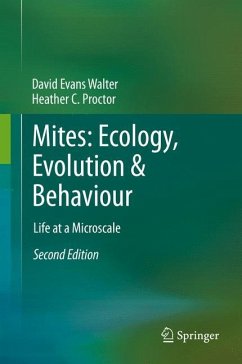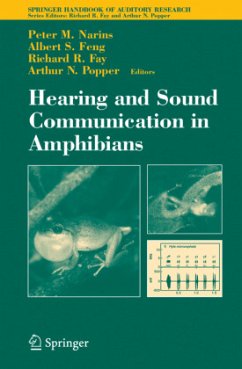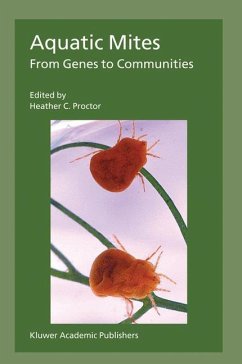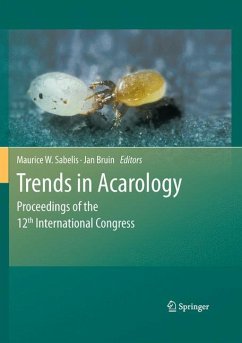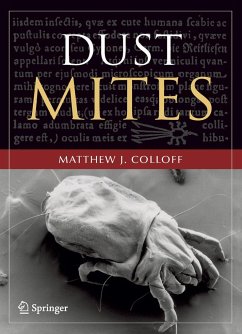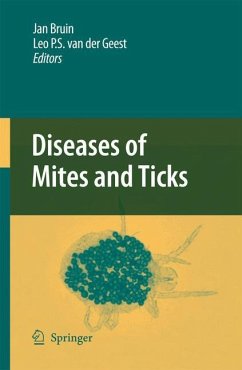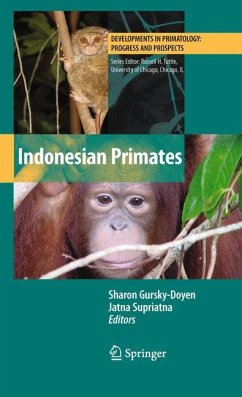
Plant Mites and Sociality
Diversity and Evolution
Versandkostenfrei!
Versandfertig in 6-10 Tagen
136,99 €
inkl. MwSt.
Weitere Ausgaben:

PAYBACK Punkte
68 °P sammeln!
Mites are very small animals, characterized by wingless and eyeless bodies, in which sociality has been discovered. This book offers detailed descriptions of the diverse social systems and the social evolution of mites, ranging from genetic to ecological aspects. Through a broad spectrum of studies including traditional natural history, taxonomy, modern evolutionary and behavioral ecology, and theoretical models as well, the book addresses a number of important findings on plant mite evolution and species radiation, with the author succeeding in combining theoretical and practical approaches i...
Mites are very small animals, characterized by wingless and eyeless bodies, in which sociality has been discovered. This book offers detailed descriptions of the diverse social systems and the social evolution of mites, ranging from genetic to ecological aspects. Through a broad spectrum of studies including traditional natural history, taxonomy, modern evolutionary and behavioral ecology, and theoretical models as well, the book addresses a number of important findings on plant mite evolution and species radiation, with the author succeeding in combining theoretical and practical approaches in behavioral ecology by proposing a new game theory. These findings reflect the complex evolutionary history of these taxa and also help to point out clearly what is known and what is not yet known to date. Mites have been considered a minor animal group, but the author shows that mites actually possess great diversity and therefore make unique materials for evolutionary and behavioral studies.




